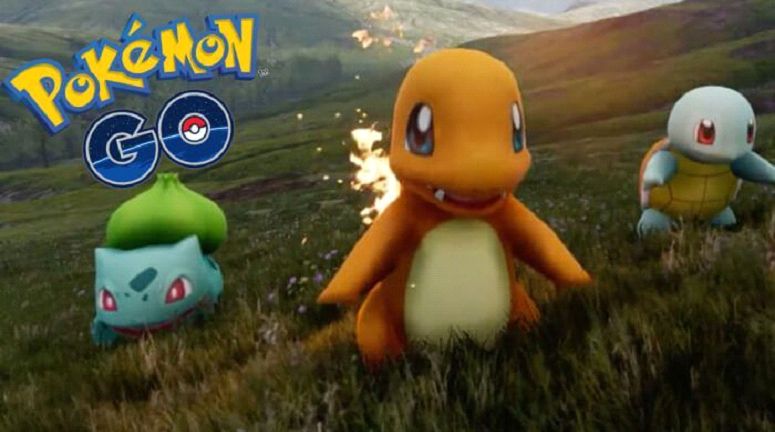By Sarah-Claire Jordan
 The newest mobile phone and video game craze is actually one and the same: a video game made for smartphones. This doesn’t sound that innovative considering there are tons of games for smartphones already, such as Candy Crush, Neko Atsume, and Plants vs. Zombies, just to name a few. However, this particular game is bringing an old favorite back with very modern twists: a game that utilizes GPS technology to encourage players to go outside and catch ‘em all. Yes, we are talking about Pokémon Go.
The newest mobile phone and video game craze is actually one and the same: a video game made for smartphones. This doesn’t sound that innovative considering there are tons of games for smartphones already, such as Candy Crush, Neko Atsume, and Plants vs. Zombies, just to name a few. However, this particular game is bringing an old favorite back with very modern twists: a game that utilizes GPS technology to encourage players to go outside and catch ‘em all. Yes, we are talking about Pokémon Go.
Games in general might not be the first thing that comes to mind when you think about the word “translation”, but they are actually great examples of the role translation plays in the success of a new game. I could go all the way back to the interesting translation error that resulted in “Donkey Kong” getting that particular name instead of “Monkey Kong”, which is what the original Japanese name meant, but I think we all know that things easily get lost in translation.
With Pokémon Go, however, there is much more at stake in terms of making sure every part of the game is translated and localized properly. With around 38 countries already enjoying being able to search for, catch, battle, and evolve pokémon in a game world that melds into the real world thanks to augmented reality technology, it would be a shame if in one country or one language, some important aspect of the game was lost due to a translation error.
Though the original concept of pokémon and the first cards and games themselves were developed by the Japanese company Nintendo, Pokémon Go wasn’t actually released in Japan until July 22 of this year. This is mostly due to the fact that the game is actually from Niantic, a company related to Google that is based in San Francisco. Nintendo is essentially leasing Niantic the pokémon characters and concept, while Niantic does all of the game designing and marketing.
Now that it is available in Japan, the Japanese government has learned from what it has seen in the U.S. and other countries and decided to create a safety campaign to help players enjoy themselves without getting into dangerous situations. This is something that the U.S. and other countries probably should have considered doing as well, especially when you see how many incidents of people falling, being robbed, or other things are happening while they play Pokémon Go. These aren’t the game’s fault, of course, but it never hurts to give people an idea of what could happen if they don’t at least pay attention to their surroundings.
The safety campaign in Japan is something that may be picked up by other countries where the game hasn’t been released yet. Taking a look at the guide released by the Japanese government, it is clear that it is intended for Japanese citizens, as the format and some of the language used wouldn’t work as well in other languages and cultures. If some companies could work with the governments of these countries to help them localize this guide, then the fight to keep people safe while doing what makes them happy would be able to continue. That is exactly what translation is about, making people’s lives easier and more rich.




